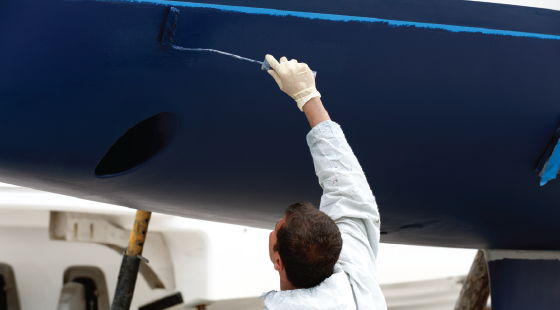Antifouling Paint – How They Work
Antifouling paint prevents water growth such as barnacles, shells, and sometimes oysters, and plant growth from sticking to your trawl.
Most antifouling paints use a diffusion of metal elements in the paint to stop these dirty creatures from bonding. You can get this service of damaged gel coat repair online.

Image Source: Google
Copper (copper oxide) and tributyltin are two metals that have been proven successful as biocides, but tin, which was banned worldwide in the bilge in 2009, is so toxic that it destroys the entire marine ecosystem.
Copper compounds are now universally accepted, but the price of copper raw materials has increased substantially. In addition, high copper concentrations have dissolved in water in several places in the US which limit the use of copper-based paint.
Paint manufacturers continue to produce a number of different antifouling technologies that address this and other problems.
New Paint Products
Composite Copper: Exchange copper oxide with silica, reducing copper content by up to 40%. The consequence is copper-based biocide which provides superior protection for your cruise ship, with a base made from material found in the sea.
Water-Based Ablative: Water replaces the solvent found in traditional base paint. A low odor formula allows painting inside. A trouble-free application and cleaning only involve soap and water.
White copper: Clean and the color is white, white copper requires 60% less content than dark copper used in conventional antifouling paint.